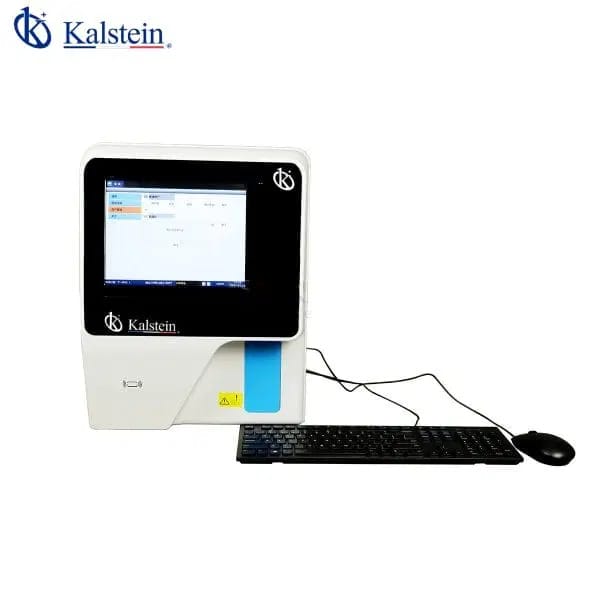For many years, veterinary laboratories have relied on manual laboratory techniques to evaluate a pet’s overall health. This process, although reliable, is tedious and inefficient. Often, results depend on the skill and experience of the laboratory technician, which can lead to variations and errors.
The introduction of automatic hematology analyzers has completely revolutionized the hematology industry. These devices use advanced technology to provide comprehensive and accurate analysis in a matter of minutes. The switch to automation has improved the quality of service, while reducing the margin of error and increasing diagnostic efficiency.
If you want to know the catalog of high-end products that we have for you at KALSTEIN visit us at https://kalstein.net/en/ . We also assure you that through our online purchase channels, which are very easy and viable, you will find the best prices in the market, reminding you that we are a manufacturing company of high-level laboratory equipment for sale. https://kalstein.net/en/category-product/veterinary-sector/veterinary-analyzer/veterinary-hematology-analyzer/
The Crucial Role of the Automatic Veterinary Hematology Analyzer
The automatic hematology analyzer is designed for the rapid identification and counting of blood cells in animal blood samples. Its extensive use in veterinary clinics and hospitals illustrates its importance in identifying hematological diseases that could be fatal if not detected and treated in time.
Unlike traditional manual methods, automatic hematology analyzers offer a wider range of parameters, greater accuracy in results, and a significant reduction in response time. These features are critical in emergency situations where seconds count and a quick diagnosis can mean the difference between life and death.
Technology and Functionality: A Look Inside the Hematology Analyzer
The centerpiece of an automatic hematology analyzer is its advanced software, designed to provide accurate and fast identification of blood cells. This sophisticated program uses algorithms to identify and count the different types of cells, fundamental data for the proper diagnosis of patients.
The physical part of the device consists of an automated microscope section, a flow cytometry sensor, and image chambers. A sophisticated transport system moves the blood samples through the device, while a laser analyzer records images of each cell. The data is processed by the program and comprehensive and detailed reports are produced.
Opportunities and Challenges for the Future of Automated Veterinary Hematology
The growing adoption of automated veterinary hematology presents enormous opportunities to improve the quality and efficiency of pet care. However, it also poses significant challenges. Among them, the need to keep device software updated to ensure the accuracy of results and adjust to new strains and forms of hematological diseases.
The most significant challenge, however, is the initial cost of automatic analyzers. While these devices reduce long-term costs and improve efficiency, their high purchase price can be prohibitive for some clinics. Despite this, investment in the latest and best technology is critical to providing a quick and accurate diagnosis, essential for the health of our pets.
In summary, automatic hematology analyzers represent a significant advancement in veterinary hematological care and diagnosis. Although there are still challenges to overcome, their growing adoption illustrates their usefulness and effectiveness. These devices will continue to evolve and improve, which bodes well for the future of veterinary hematology.


